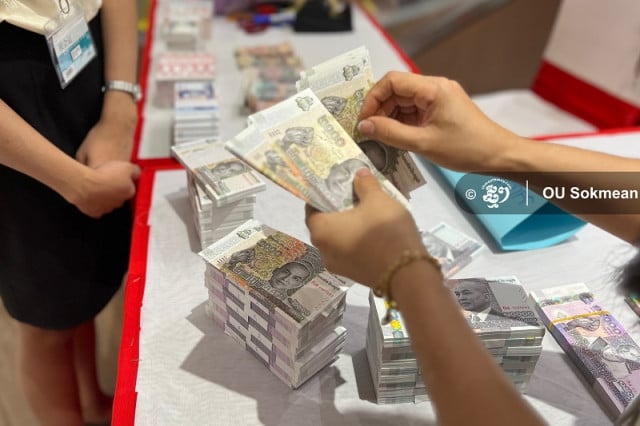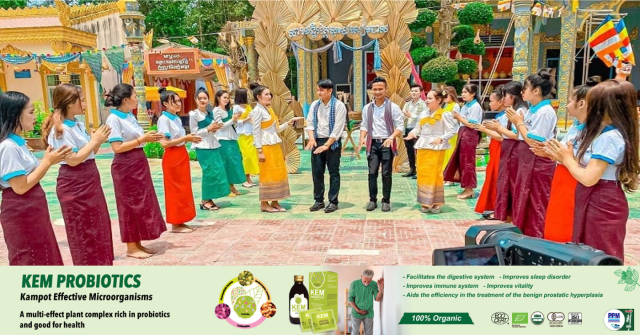The Ta Nei, a Temple that Visitors Often Overlook at Angkor

- By Long Ton
- May 29, 2022 5:28 PM
Do you know the Ta Nei Temple? This name is unfamiliar, isn’t it?
With the overwhelming number of historical sites and cultural-heritage features to explore, tourists who come to Siem Reap Province for a few or several days can hardly grasp the entirety of the massive Angkor Archaeological Park. Since it spreads over 401 square kilometers, even Cambodian visitors find it too vast to entirely explore during their short holiday trips.
Many tourists both from the country and from abroad who opt for what is referred to as the park’s “small circuit” tour tend to simply drive past the Ta Nei temple. In fact, because not many tourists know of and go to this temple, the Ta Nei has become an important archaeological site for some visitors, scholars, historians, archaeologists and anthropologists who prefer calmness and peaceful moments away from the noise and busyness of cities—and other sites in Angkor Park.
The whole temple is adorned with cubic meters of damaged stones back breaking to handle then and now, intrusive tree roots and tangled tree branches that give this ancient site genuine beauty out of rustiness and erosion. The beauty of the passing of time.
Since the Ta Nei temple is one of the temples built during the reign of King Jayavarman VII who reigned over the Khmer Empire in the late 12th century and early 13th century, archaeologists concluded that the sculptures and architecture is in the Bayon style, the style named after the Bayon temple that stood at the center of the city this king built.
One distinguishing technique of the Ta Nei temple is that mortar was used on the wall to cover its stones.
If we are to compare this temple to other temples built during the reign of King Jayavarman VII such as the Preah Khan temple, the Ta Prohm temple and the Banteay Kdei temple, we can see that the technique of using mortar is similar both in terms of the thickness of the mortar between one and three millimeters as well as the colors used for decorations.
Even though many temples built during the reign of King Jayavarman VII were shrines devoted to Mahayana Buddhism, the scenes sculped on the wall of the temple illustrate the history of Buddhism and scenes of the Buddhist “Jataka” tales that are similar to those painted on the walls of Theravada Buddhist pagodas nowadays.
These sculpted scenes and art features include stories such as that of Prince Siddhartha Gautama—the name of the Buddha when he was born—and his great renunciation of his throne and wealth, the Buddhist story of morality as well as the story of the previous lives of the Buddha.
Since the Angkor Archeological Park is a UNESCO World Heritage Site, international conservation projects have been carried out ongoingly in the park. Through support of the Japanese government and the Apsara National Authority—the Cambodian government institution that manages Angkor Park—the National Research Institute of Tokyo for Cultural Heritage has launched a project to restore the temple. The project has been named Conservation and Sustainable Development of Ta Nei Temple.
So, how do we get to the temple of Ta Nei that few have visited? First, one follows the road one takes to do the “Small Circuit” in Angkor Park. When reaching a public bathroom that is 500 meters from the northern side of the Ta Prohm temple, one uses the road next to the bathroom going north. About one kilometer later, the ancient Ta Nei Temple will appear among towering trees.
Long Ton is a Cambodian with a passion for Angkor and that era. A university graduate who speaks several languages, he has conducted tours at Angkor.
Cheng Ousa contributed to the story.















